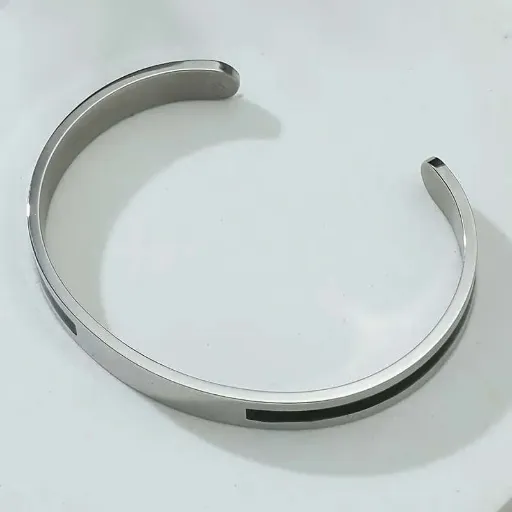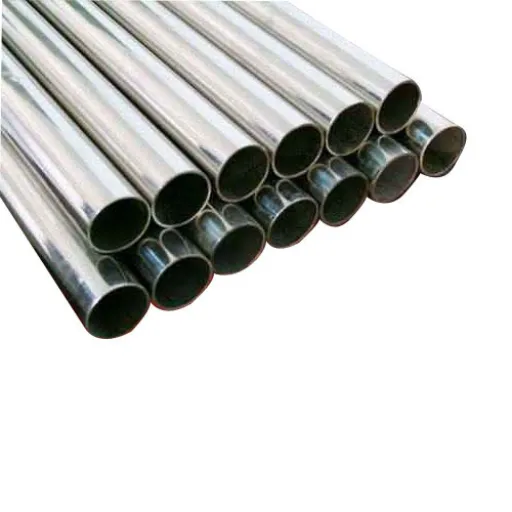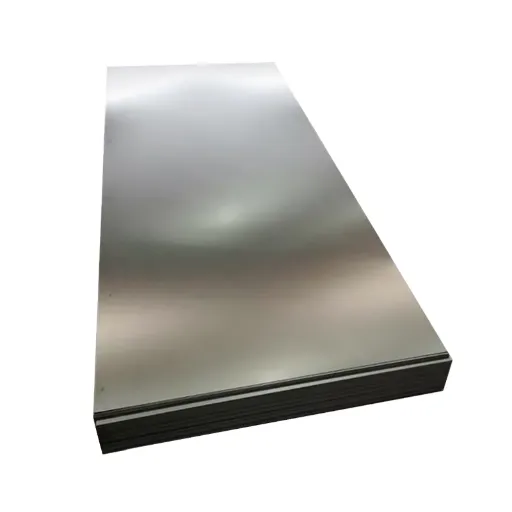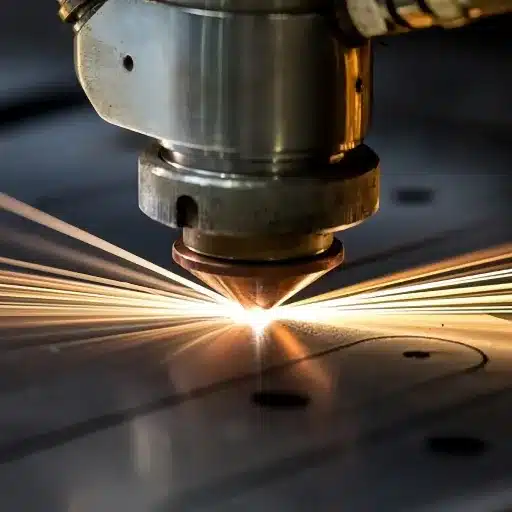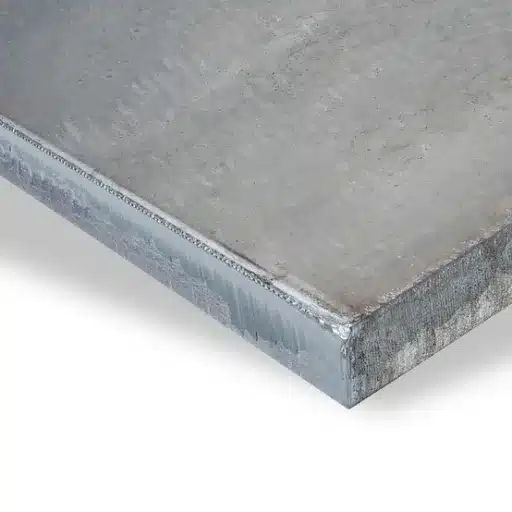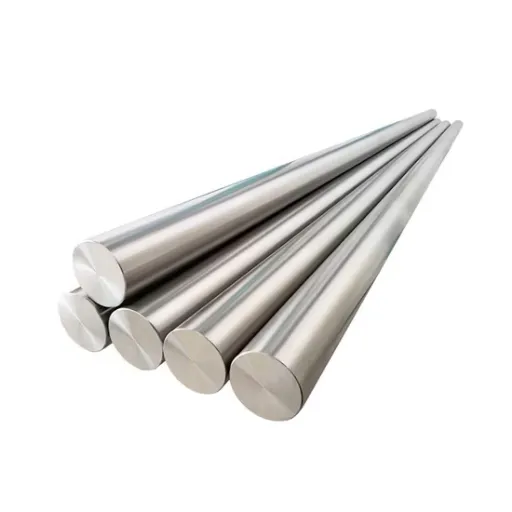The materials you choose can significantly influence the style and durability of your jewelry in perfect combination with your selected one. Among the most frequently used options, sterling silver and stainless steel, stand out due to their distinct characteristics which promote different needs and preferences. However, how do you choose the right one for yourself? This article will deal with the major differences and advantages of sterling silver as well as stainless steel, thus facilitating your decision-making process. If you are looking for ageless grace or durable functionality, this piece will furnish you with all the necessary information to make the right material selection for your jewelry collection.
Introduction to Silver vs Stainless Steel

Importance of Choosing the Right Material
For jewelry the most important thing is to choose the right material so that the final piece of jewelry is not only durable but also stylish and suitable for your lifestyle. On the other hand, sterling silver and stainless steel are fundamentally different in their composition, and maintenance, and the perception of their beauty which has made it important for the customer to consider the pros and cons of both before making a decision.
Sterling silver is made of 92.5% silver and usually 7.5% copper other metals, which leads to polished and shiny finish many people regard as timeless and elegant. Yet, it is a metal that gets easily tarnished and thus needs regular cleaning to keep its shine. In contrast, stainless steel, which is usually a mixture of iron, chromium, and nickel, is famous for its strength and resistance to rust and scratches. It is a great option for daily wear especially for people with active lifestyles or who often come in contact with water.
Purpose of the Comparison
Stainless steel vs sterling silver comparison is a consumer’s and fitter’s guide to picking the most proper material according to their likes, functions, and financial resources. Stainless steel has attracted a lot of attention from consumers lately because of its low price, non-corrosive nature, and long-lasting quality. The global stainless steel market was approximately valued at $112 billion in 2022 and is anticipated to grow at an annual rate of 5.2% from 2023 to 2030 due to the increasing demand from both industrial and consumer markets, as per the recent market data.
On the contrary, sterling silver still retains a significant position in the luxury and jewelry sectors. Its demand is based on its everlasting allure, hallmark certification, and suitability for complex designs. For example, the global silver jewelry market is projected to be worth $6.2 billion in 2023, which indicates consumers’ preference for sophisticated and elegant accessories. These statistics not only show the different purposes and economic impacts of the two materials but also underscore the significance of making the right choice between personal and industrial use.**
Properties of Sterling Silver and Stainless Steel
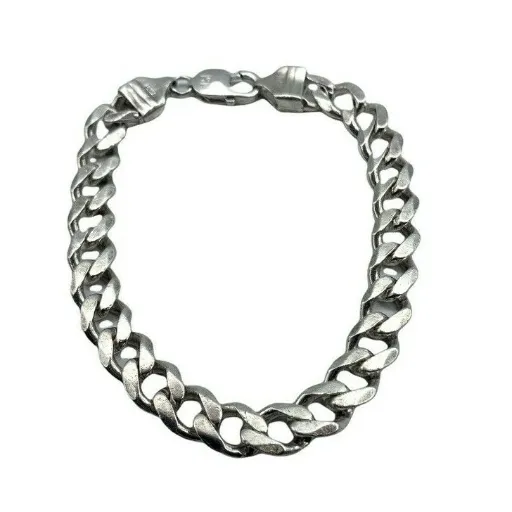
Chemical Composition and Structure
Sterling Silver consists of an alloy that is made up of 92.5% of the pure silver and 7.5% of other metals which are mostly copper. The copper content in the sterling silver enhances its durability and strength, thus making it more appropriate for the production of jewelry, utensils, and decorating. To be precise, silver is very soft and copper content ensures that there is no or very little tarnishing and luster is keep up at all times. The addition nickel or zinc to the sterling silver alloy is determined by the product design requirements and can also be based on the customer’s allergy considerations.
Stainless Steel, on the other hand, is an iron alloy mainly formed with iron (>70%) and at least 10.5% chromium, which is the main reason for its corrosion resistance. Other ingredients like nickel, carbon, molybdenum, and manganese may be added in small amounts to improve the properties of the stainless steel such as strength, hardness, or those properties which can resist high temperatures and chemical interaction. For instance, to the extent of use, Grade 304 stainless steel is the most common type among all the others, and its composition approximately contains 18% chromium and 8% nickel. The other well-known type, Grade 316, has 2-3% molybdenum in it which enables it to have a higher resistance to chlorides and extreme conditions.
Durability and Strength
Talking about durability and strength, stainless steel is, without a doubt, the best material when it comes to performance, hence becoming the most popular in the industries that need reliability and longevity. One of the major factors that contribute to stainless steel’s outstanding durability is its high resistance to corrosion, which is resulted from the presence of chromium (in a quantity of at least 10.5%). The combination of stainless steel’s properties makes it resistant to water, acids, and chemicals, making it suitable for marines, chemical processing, and medical applications.
According to the latest research, stainless steel has a tensile strength that ranges around 515 MPa to over 1700 MPa, depending on the grades, i.e., tensile strength ranges from approximately 515 MPa (for austenitic grades) to over 1700 MPa (for martensitic grades), depending on its composition and processing. Copper and its alloys are versatile in the sense that, depending on the degree of their processing, they can be appropriated for so many applications, for example, surgical instruments and steel frameworks for buildings up to the sky. Moreover, the weldability of the extreme temperature resistance, both heat and cold, without loss of strength is the justification of its superiority in the field.
Benefits of Sterling Silver Jewelry
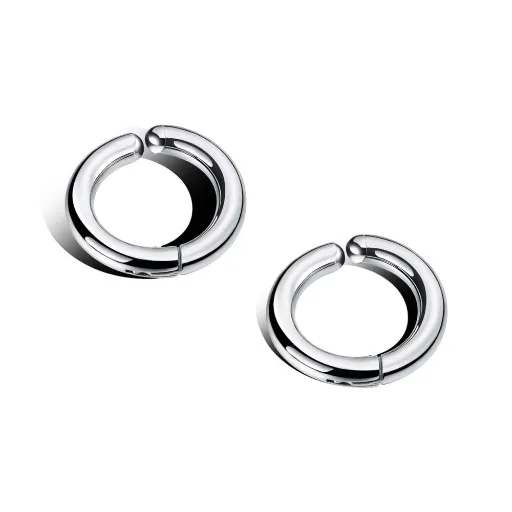
Aesthetic Appeal and Design Options
Something like nothing but the other way round, sterling silver jewelry has already been quietly appreciated for its sophistication and geometric alterations. Its natural dullness and very bright appearance offer a classic but at the same time a rare look, making it appropriate for day-to-day use as well as for the great occasions. Furthermore, the metal’s ductility gives the chance to the proficient craftsmen to make elaborate designs, shapes, and textures, and thus to the various styles the customers want to see. The global jewelry market, among which sterling silver is included, is, according to a recent report, set to grow at a CAGR of 5.2% to reach $500.3 billion by the year 2030. This mainly happened due to the always increasing demand for extraordinary and personalized pieces with sterling silver being the leading metal as an inexpensive yet opulent selection.
Value and Investment Potential
Other than the good looks and making it easy to match with other things, sterling silver is also very convenient as its aesthetic versatility is one of its most important features. Precious metals like silver always have their own worth and one of the reasons is their great demand in the industry as well as their limited availability. A more precise example would be the current price of silver that has been quite steady around $22 to $25 per ounce (as of October 2023) which has been the case for years already according to the recent market news. One of the key factors behind this price rise is the continuous demand coming from varied sectors like electronics, renewable energy, and jewelry, among others.
By contrast, sterling silver jewelry in particular is very much in demand since it offers the luxury of a precious metal at the price of an everyday item. Its strength and classic appearance guarantee retention and in some cases even an increase in value over time for well-made pieces especially those that contain unique craft or rare stones. Besides, the sustainability factor is a major reason for the increasing popularity of sterling silver as more and more customers are opting for recyclable, long-lasting fashion rather than disposable ones.
Benefits of Stainless Steel Jewelry

Durability and Resistance to Corrosion
Stainless steel jewelry is very much appreciated for its remarkable durability and corrosion resistance. The special metal is a combination of an alloy made of iron, carbon, and chromium, the latter of which forms a protective oxide layer on the surface. This layer makes it impossible for rust and tarnish to form, thus maintaining the look of stainless steel even when it is exposed to moisture, air, and other environmental factors for a very long time.
Recent statistics show that stainless steel is able to endure very harsh conditions, including salty places, which is the reason why it is a preferred material for everyday accessories, or jewelry that is often in contact with sweat and water. Stainless steel, in comparison with softer metals such as silver, is less prone to scratches and dents making it an ideal choice for people with active lifestyles.
Affordability and Cost-Effectiveness
Durability is not the only factor that makes stainless steel jewelry so appealing; it is also the low price that is why it is a very popular choice among the consumers who are looking for a good deal. Generally speaking, stainless steel looks very similar to precious metals like gold or platinum but at a much lower cost. Market research results show that stainless steel jewelry is usually priced between $10 and $50 depending on its design and workmanship. This situation makes stainless steel a very attractive option for those looking for quality accessories not to mention that they will not have to spend a lot of money on that.
Additionally, the cost-effectiveness of stainless steel is not only in terms of its very low initial purchase price. The fact that it resists tarnish, rust, and corrosion means that you do not have to replace it or hire professional cleaners frequently. For instance, when it comes to gold jewelry, you can be sure that after a couple of years it will undergo the process of refinishing; stainless steel, on the other hand, retains its luster and structural integrity with just little maintenance, which is what attracts consumers who are looking for long-term value. With its combined virtues of affordability and durability, stainless steel continues to expand as a major choice in the jewelry sector catering to both the fashion side and the practical side.
Key Differences Between Sterling Silver and Stainless Steel

Visual and Textural Differences Between Sterling Silver and Stainless Steel
Sterling silver and stainless both metals have certain distinct visual and textural properties that differentiate them. Sterling silver has a soft and polished lustre with a warm undertone, and so it remains the choice for classic and grand jewelry. Yet, with the alloy of 92.5% silver and 7.5% other metals, it has a larger disadvantage of being prone to tarnishing and thus requires cleaning to keep it shiny.
Stainless steel, on the contrary, is more of a colder modern metal having a more shiny and even surface. Its harder surface is scratch resistant and wear resistant thus keeps an immaculate look even in the case of years of usage. The presence of 10.5% or more chromium in the steel is the reason for this durability as it creates a layer that shields the metal from rusting.
Performance in Everyday Wear
Stainless steel jewelry is famous for its durability and ability to endure wear and tear, making it perfect for everyday use. While softer metals such as sterling silver can easily be scratched, damaged, or become dull, stainless steel is the opposite due to its hardness. A rise of 18% in the number of searches on the topic “stainless steel jewelry durability” signifies that people are more aware now of the metal’s durability. Additionally, this metal is non-allergic and therefore, perfect for individuals with sensitive skin which is a condition that lots of buyers are looking for these days. The characteristics along with the fact that it is a low maintenance metal, allow stainless steel jewelry to keep its shiny look even after the water, sweat, or environmental factors have come in contact with it. All these advantages make stainless steel an option that is both stylish and practical for the modern consumer.**
Reference Sources
-
Deepwear Blog
- Title: Comparing Sterling Silver and Stainless Steel: A Detailed Analysis
- Summary: This source discusses the market positioning of sterling silver and stainless steel, highlighting their appeal to different customer bases. It emphasizes the exclusivity and luxury of sterling silver versus the practicality and affordability of stainless steel.
- Read more here
-
P&K Jewelry Blog
- Title: Sterling Silver vs. Stainless Steel: Which is Best for Your Jewelry Store?
- Summary: This article explores the target market preferences for stainless steel and sterling silver jewelry, focusing on timeless designs, durability, and cost-effectiveness.
- Read more here
-
SJ Jewellery Blog
- Title: Sterling Silver vs Stainless Steel
- Summary: This source provides insights into the pricing, value, and characteristics of sterling silver and stainless steel, helping readers understand their differences and suitability for various needs.
- Read more here
Frequently Asked Questions (FAQs)
Is it true that sterling silver jewelry is more expensive than the stainless steel jewelry situation?
To answer the question, sterling silver is more often to be found at the high end of jewelry prices than stainless steel. The discrepancy in prices is largely due to the fact that silver is considered a precious metal, coupled with the intricate work that usually goes into making sterling silver items. Steel, on the other hand, is a blend of metals and therefore it is cheaper and in fact, it is quite popular in contemporary jewelry designs making it a cost-effective option.
Will sterling silver jewelry lose its shine?
The answer to this question is a big yes, silver jewelry will surely lose its shine if not properly cared for over the years, especially if it has been in contact with moisture, air, or certain chemicals. The tarnish that forms will give the piece of jewelry a dull appearance and will be detectable as a dark layer on top. It actually comes off very easily with the help of a silver polishing cloth or a mixture of soap and water. Alternatively, stainless steel does not tarnish at all and that is why it is a very good choice for an everyday item.
What are the benefits and drawbacks of stainless steel compared to sterling silver?
Stainless steel’s benefits including its exceptional toughness, lower price, and non-tarnishing and non-corrosive properties. The downside for the stainless steel is that it does not have the classic shiny silver looks and also feels heavier than silver. On the other hand, shiny silver esoteric phenomenon attracts people and its being a precious metal is the virtue while the vices are its being prone to tarnishing and high price.
Is jewelry made of stainless steel hypoallergenic?
Stainless steel is frequently classified as being non-allergenic, particularly surgical-grade stainless steel like 316L which is especially meant to minimize any allergic reactions. Hence, it is an excellent option for people with sensitive skin. On the opposite side, people may get allergic reactions to the components mixed in sterling silver based on their individual reaction to copper or other metals.

